A Whole Child, Strengths-Based Approach to IEPs
Key Points
-
Despite how critical IEPs are for students with learning differences, many schools and districts may continue to apply outdated tools, measurements, and mindsets.
-
This means they rarely weave in students’ abilities, strengths, and potential to address their challenges.
-
Digital Promise, the Educating All Learners Alliance, and Brooklyn Laboratory Charter Schools are releasing a guide that embraces the “whole-child”.
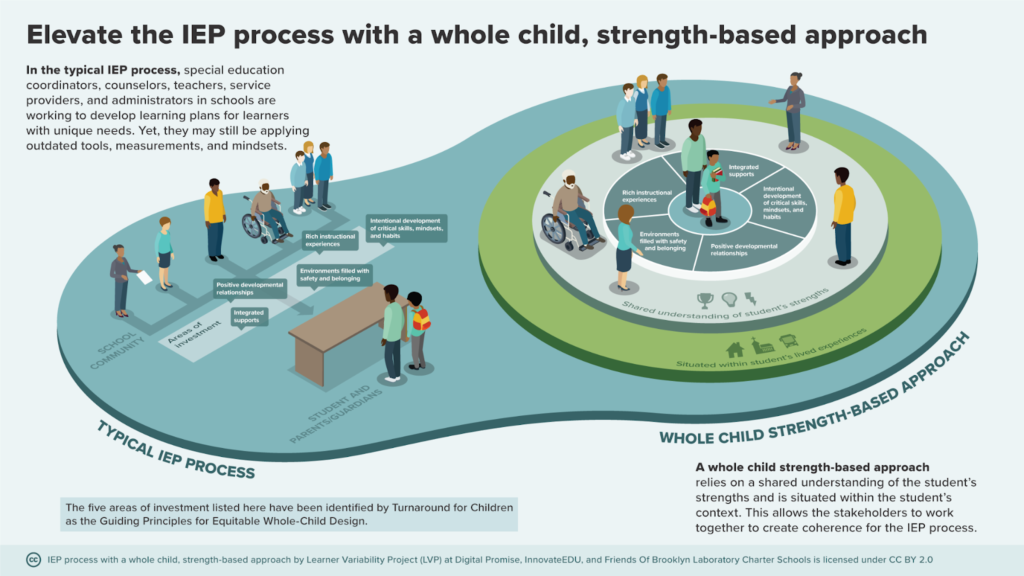
With most school campuses reopened, educators and communities nationwide are clamoring for solutions to challenges faced during COVID. Some challenges are new, but others have lurked beneath the surface, starkly revealing themselves during the pandemic. This is especially true in special education. Teachers, administrators, and families are reimagining learning plans for learners with unique needs. Nationwide, over 7 million students are provided with individualized education programs (IEPs) that provide the roadmap for all involved to chart goals, milestones, and progress for students in the special education community. These regularly updated plans are tailored to address hurdles faced by students with learning and other disabilities so they are able to reach their full potential in the classroom and beyond.
Despite how critical IEPs are for students with learning differences, many schools and districts may continue to apply outdated tools, measurements, and mindsets to create these plans and rarely weave in students’ abilities, strengths, and potential to address their challenges.
Together with Digital Promise and the Educating All Learners Alliance, Brooklyn Laboratory Charter Schools are releasing a guide that embraces a “whole-child” and strength-based approach to rethinking IEPs, and incorporating the latest research on learning and brain development to create and share resources, reflection tools, and guidance to support the work of teachers as they strive to update their approach to IEPs.
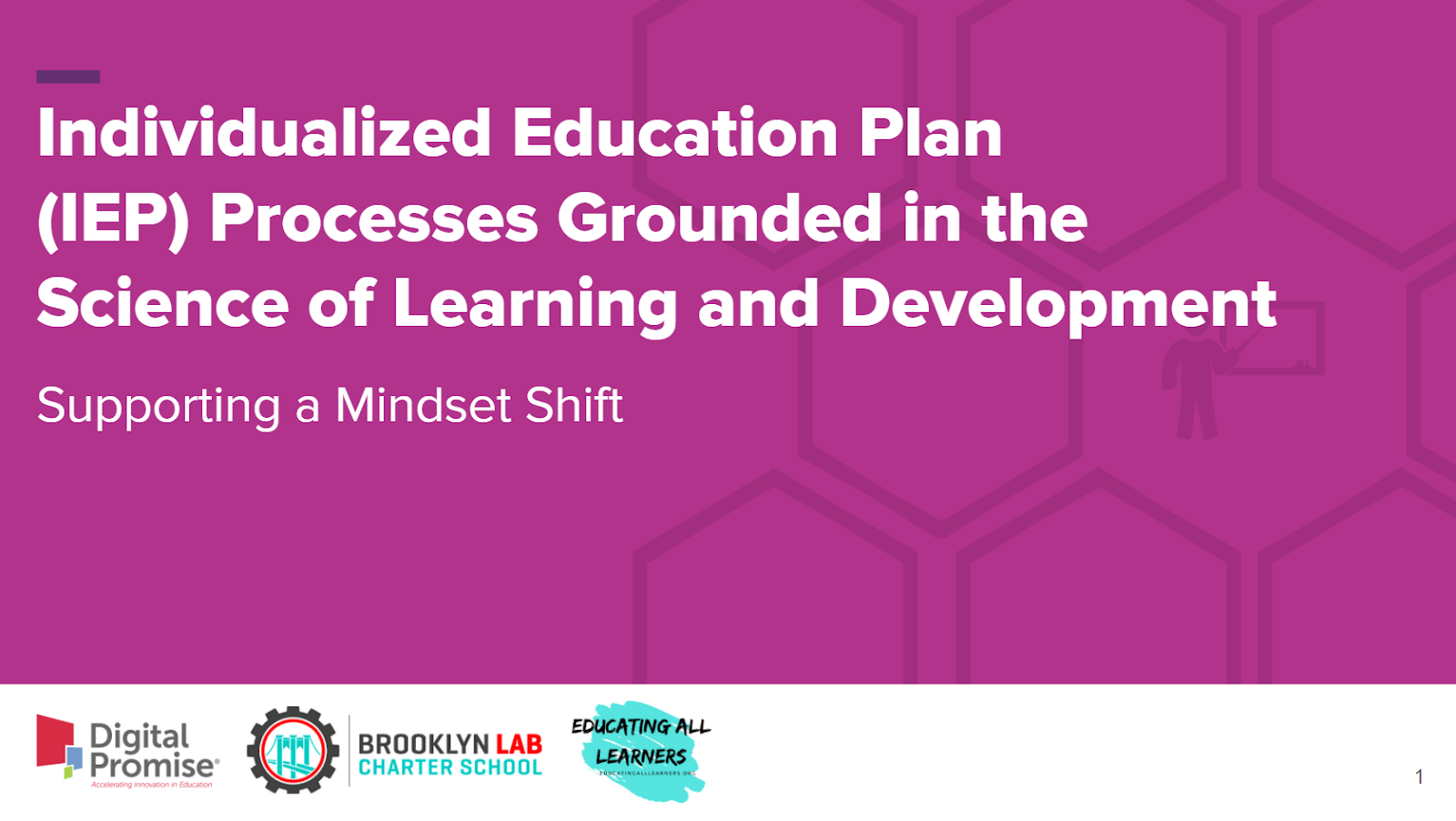
Why a Whole Child Approach is Important
Learning sciences emphasize the importance of innovative approaches to learning and assessment, looking beyond traditional tests and siloed learning systems for evidence of student improvement and engagement. It also provides a map for whole child teaching and learning.
| What are the Learning Sciences? Learning sciences research investigates the process of learning in realistic settings, which can include schools, museums, after-school programs, home environments, or anywhere people typically learn. In contrast, prior psychological research on learning was often conducted in a lab with artificial tasks and then applied to more realistic educational activities and settings. |
The learning sciences, as well as developmental and sociological research, have shown that strong, positive relationships, a sense of belonging and safety at school, recognition and celebration of cultural diversity, and mental and emotional development, allow learners to thrive at school and beyond. In other words, an understanding of each student’s learner variability through a whole child lens is essential for academic growth and the pursuit of happiness in all learning environments.
Context also matters. Understanding a student’s learner variability within a whole child framework, but also recognizing that their variability can change within different contexts can guide educators as they strive to customize the learning experience for students.
How to Apply the Whole Child Approach to IEPs
Teachers can use this approach with IEPs by recognizing that each student, regardless of their school-based label, has unique strengths and challenges that are varied, connected, and fluid depending on the context. By prioritizing students’ strengths and potential, rather than their deficits, teachers can use IEPs as a powerful tool to spur student success. Saman Marji, from Brooklyn LAB, shares reflections on the importance of this approach here.
Here are a few ways educators can create strength-based, whole-child IEPs:
Gather the right information to plan the IEP: Before beginning the IEP process, teachers can ask themselves questions about the student as an individual: What does the student do well? What do they enjoy doing? How can I pair what they do well and enjoy doing with challenges they face to improve opportunities for learning? How can I, in partnership with the student and family, create strategies that allow their strengths to support their challenges?
Include students in the process by asking them to help identify their strengths, interests, and preferences. Students can also help the team think about how to use these strengths to develop strategies for success. This process promotes self-awareness and self-advocacy that can help students throughout their lives.
Plan curriculum around students’ strengths: Consider how to incorporate students’ interests and hobbies into coursework. Also, consider the best way the student engages with the content. Project-based learning? Socratic seminars? Inquiry-based activities? Look for supports to help the student engage. For instance, some students may prefer to work independently, while others benefit from working with a partner or in a small group.
Think about their self-management and communications skills. Tap into students’ strengths to help them with goals like staying organized and engaging in class. For example, if the student seems more engaged in math class, find out why and see if you can replicate what happens in math in other classes. Also, pay close attention to a student’s communication and interpersonal style. If the student connects best with others through technology, try to accommodate that need.
Support students’ agency: Consider the student’s self-image and how well they advocate for themselves. A little boost in a student’s self-confidence may help them understand their own needs better, and communicate them with teachers. To increase a student’s motivation, look at their activities and talents outside school, such as sports, music, art, or reading. Find ways to incorporate those activities into their coursework.
Measure strengths, not just deficiencies: In looking at academics, take note of the types of assessments that best highlight a student’s success. Help students demonstrate their knowledge in the most positive way possible.
This shift in practice and mindset will require time and patience for teachers to implement successfully. School administrators can make this happen by incorporating learner variability into professional development, and giving teachers time to reflect and recognize their own learner variability as they set about transforming the IEP process.
These changes won’t happen overnight, but with proper planning they can have a transformative impact on young people’s learning, engagement, and success long after they leave school.
To learn more, explore Digital Promise’s free open-source Learner Variability Navigator, and Brooklyn Laboratory Charter Schools’ IEP Teacher Reflection Tool.

Eric Tucker
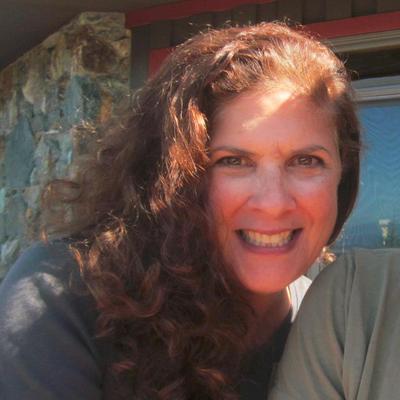



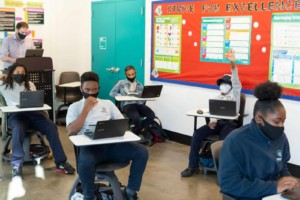
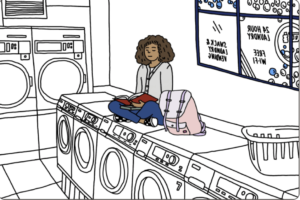
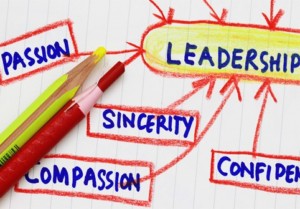

0 Comments
Leave a Comment
Your email address will not be published. All fields are required.